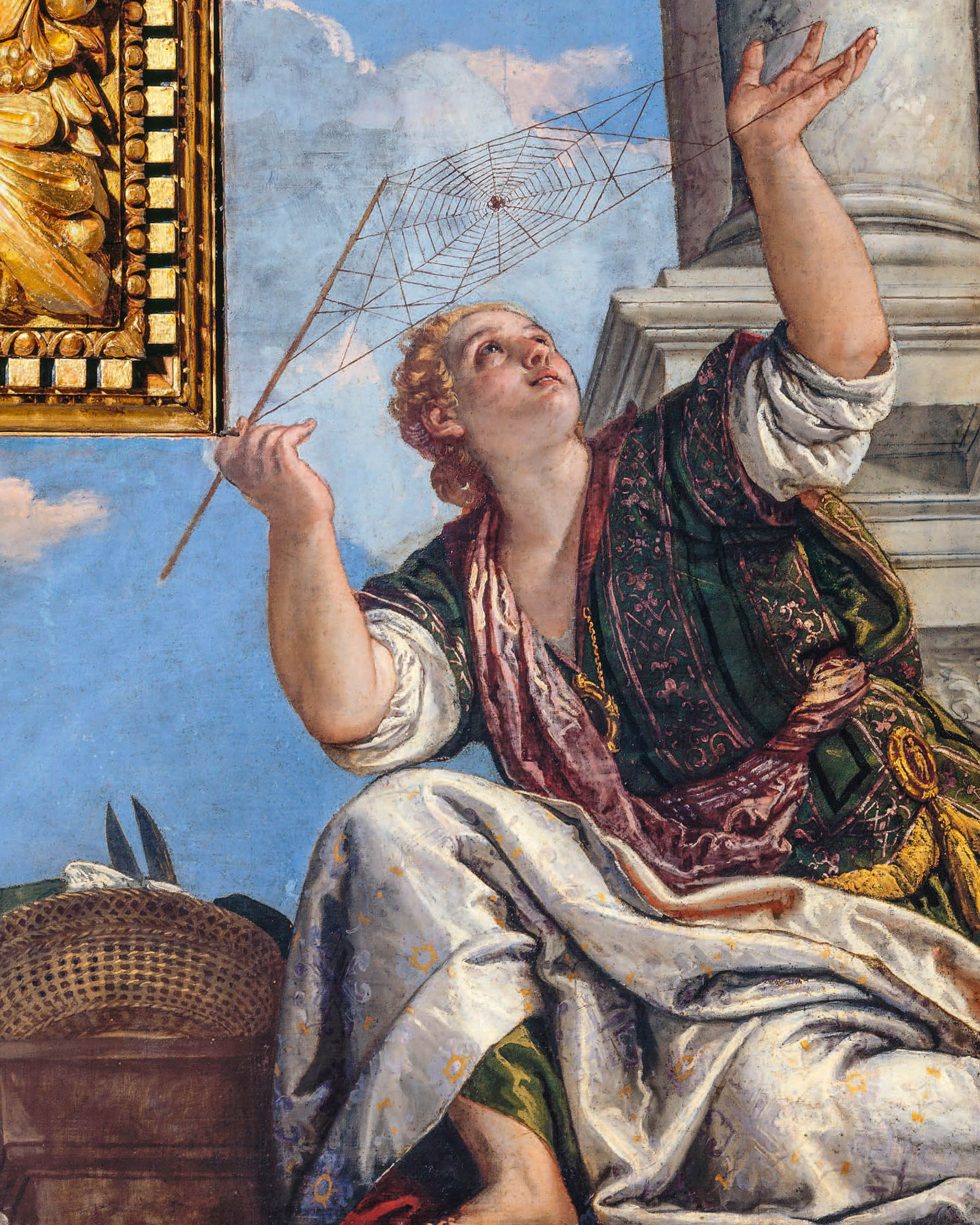
A Stonemason’s Son at the Doge’s Place
A STONEMASON’S SON AT THE DOGE’S PALACE
Enrico Maria Dal PozzoloDiego Velázquez set sail from Malaga for Italy in 1649 with a clear assignment: he was to scoop up new acquisitions to enrich the royal collection. In Venice he duly stocked up on paintings by Titian, Tintoretto, and Veronese. In time, it became common parlance to refer to the art collections of the Spanish Crown as “Little Venice.” Velázquez, discerning envoy that he was, would have smiled at the coinage. The connection between Venice and Madrid is deep-rooted, as demonstrated by the Prado’s series of exhibitions in recent years, variously devoted to the Bassanos (father and sons), Titian, Tintoretto, and Lotto – and now, to Paolo Caliari, known as Veronese. This article in FMR ignores the better known Veronese – Venetian by definition as the Serenissimo pitór of thronging banquets, official painter of the Venetian Republic, a colorist without chiaroscuro (one might even call him a fauve avant la lettre) of his later years – but rather on the young man newly arrived from Verona, whose earliest work bespoke superb draftsmanship and a mysterious depth of precocious artistic maturity. His artistic formation is reconstructed for us here by Enrico Maria Dal Pozzolo who, together with Miguel Falomir Faus, curated the exhibition Paolo Veronese (1528-1588), currently on view at the Museo del Prado from May 27 to September 21, 2025.






